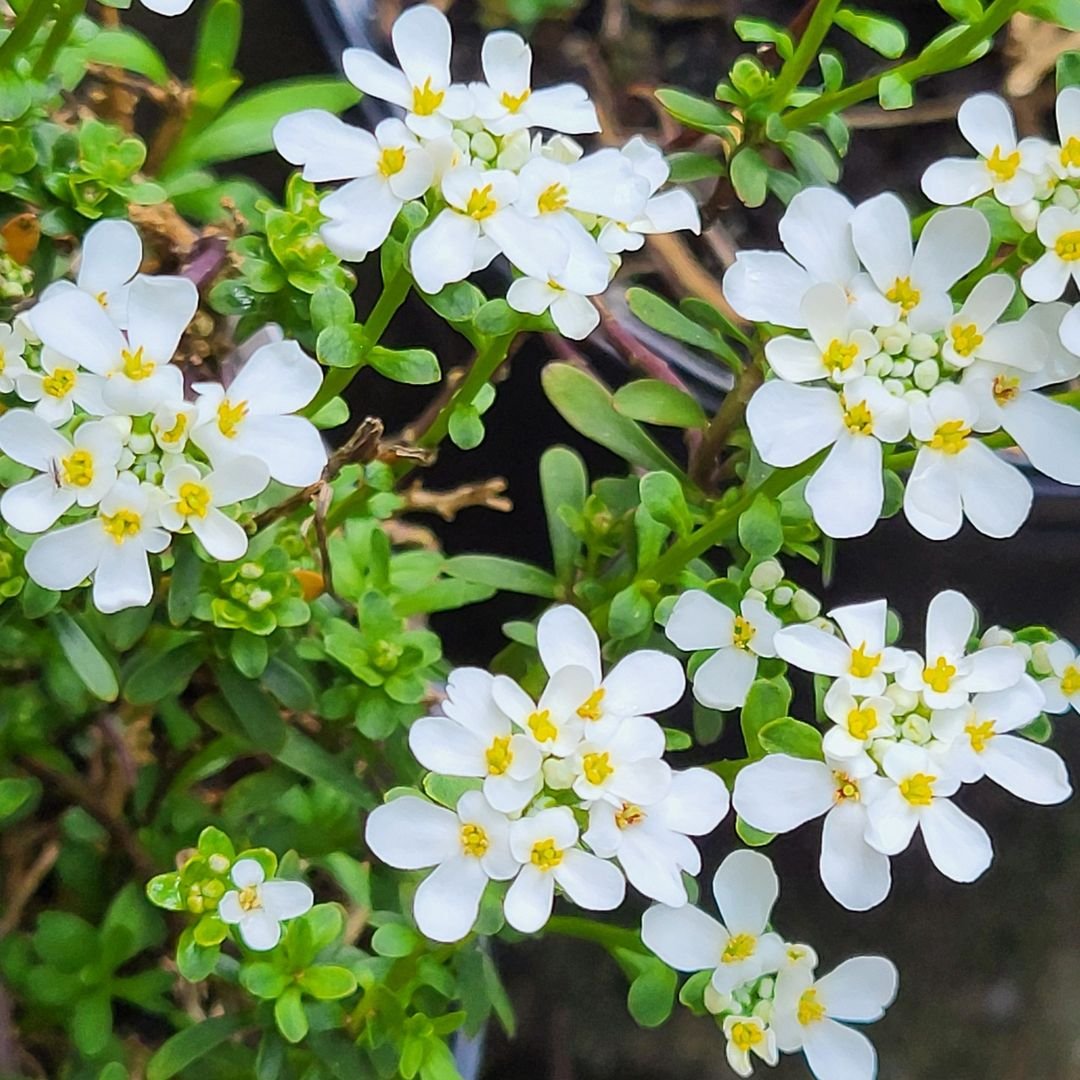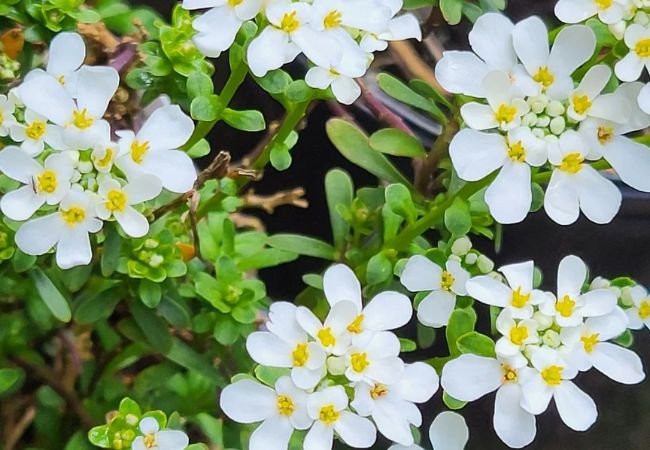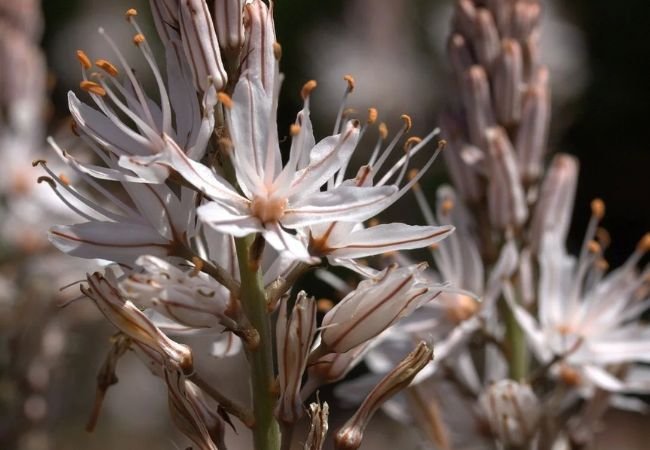Discover the charm of Candytuft flowers. Learn how to grow these low-maintenance, long-blooming perennials that add a sweet touch to gardens and landscapes. Perfect for borders, rock gardens, and ground cover.
Candytuft (Iberis) is a delightful, easy-to-grow flower that brings a profusion of sweet, usually white blooms to gardens. Named for its candy-like appearance, this low-growing plant is a favorite among gardeners for its versatility and long flowering period. In this article, we’ll explore everything you need to know about growing and enjoying Candytuft in your garden.
Here’s the information about Candytuft flowers in an easy-to-understand chart format:
| Aspect | Details |
|---|---|
| Botanical Name | Iberis sempervirens |
| Common Name | Candytuft |
| Plant Zone | Zones 3-9 |
| Sun Exposure | Full sun to part shade |
| Soil Type | Well-drained, slightly alkaline soil |
| Watering Needs | Moderate |
| Growth Habit | Low-growing, spreading |
| Height/Spread | 6-12 inches tall, spreads 12-18 inches |
| Special Features | Masses of white, pink, or purple flowers in spring, evergreen foliage |
What is Candytuft?

Candytuft belongs to the genus Iberis in the Brassicaceae family, which also includes vegetables like broccoli and cabbage. Native to southern Europe, Candytuft has become a popular garden plant worldwide due to its attractive flowers and easy care requirements.
Popular Types of Candytuft
- Evergreen Candytuft (Iberis sempervirens) A perennial variety with white flowers and evergreen foliage.
- Globe Candytuft (Iberis umbellata) An annual species with flowers in various colors, including pink and purple.
- Iberis ‘Snowflake’ A compact cultivar with pure white flowers, ideal for small spaces.
Benefits of Growing Candytuft
- Long blooming period Flowers typically appear in spring and can last into early summer.
- Low maintenance Once established, Candytuft requires minimal care.
- Drought tolerant Adapts well to dry conditions, making it suitable for water-wise gardens.
- Attracts pollinators Provides nectar for bees and butterflies.
How to Grow Candytuft
Growing Candytuft is straightforward. Here’s what you need to know:
- When to plant Plant in spring or fall, depending on your climate.
- Where to plant Choose a spot with full sun to light shade. Candytuft thrives in USDA hardiness zones 3-9.
- Soil requirements Well-draining soil is crucial. Learn about improving soil drainage from the University of Minnesota Extension.
- Planting Space plants about 6-12 inches apart, depending on the variety.
- Care Water regularly until established. Prune lightly after flowering to maintain shape.
Candytuft in Different Garden Styles
Candytuft is versatile and can enhance various garden types:
- Rock gardens Its low-growing habit makes it perfect for tucking between rocks.
- Borders Use as an edging plant for flower borders or walkways.
- Cottage gardens Adds a touch of sweetness to informal, romantic garden designs.
Dealing with Common Candytuft Problems
While generally easy to grow, Candytuft can face some issues:
- Root rot Ensure good drainage to prevent this fungal disease. Learn more about plant diseases from the Royal Horticultural Society.
- Slugs and snails Use organic methods to control these pests, such as beer traps or diatomaceous earth.
Companion Plants for Candytuft
Candytuft pairs well with other spring-blooming plants:
- Creeping Phlox
- Basket-of-Gold (Aurinia saxatilis)
- Spring Bulbs like tulips and daffodils
Using Candytuft in Landscape Design
Candytuft offers various landscaping possibilities:
- Ground cover Use in areas where you need low-growing, spreading plants.
- Retaining walls Plant at the top of walls to create a cascading effect.
- Container gardens Grow in pots or window boxes for a burst of spring color.
Propagating Candytuft
Candytuft can be propagated through:
- Seeds Sow directly in the garden or start indoors.
- Cuttings Take softwood cuttings in late spring or early summer.
- Division Divide established plants in early spring or fall.
Candytuft is a charming addition to any garden, offering a profusion of sweet blooms with minimal fuss. Whether you’re looking to edge a border, cover a rocky slope, or add spring color to containers, Candytuft is an excellent choice. Its low-maintenance nature and attractive appearance make it a favorite among gardeners of all skill levels. By incorporating Candytuft into your garden, you’ll enjoy a delightful display of flowers that brightens your landscape year after year.
For more information on perennial flowers and gardening tips, visit the National Gardening Association.
For more gardening tips and plant care guides, visit usagardenhub.com.






